Singapore's tropical climate makes air conditioning not just a luxury, but a necessity for most residents. The island nation's relentless heat and humidity create an environment where indoor comfort heavily relies on efficient cooling systems. From towering skyscrapers to humble HDB flats, air conditioning units hum constantly, shaping both the urban soundscape and energy consumption patterns.
Walking through Singapore's streets, one immediately notices how air conditioning has influenced architectural design. Buildings feature tightly sealed windows and centralized cooling systems, creating a sharp contrast between the sweltering outdoors and climate-controlled interiors. This divide has fundamentally changed how people interact with their environment, encouraging indoor lifestyles and altering traditional tropical living patterns.
The evolution of air conditioning in Singapore tells a story of technological adaptation. Early systems were simple window units imported from abroad, ill-suited for the local climate. Today, manufacturers produce specialized models designed specifically for Southeast Asia's conditions, with features like turbo cooling modes and enhanced dehumidification. These innovations reflect how the industry has responded to Singapore's unique environmental challenges.
Energy efficiency has become a critical concern as air conditioning accounts for a significant portion of Singapore's electricity consumption. The government's mandatory energy labeling scheme pushes manufacturers to develop increasingly efficient models. Recent advancements include inverter technology that adjusts cooling power dynamically and smart systems that learn usage patterns to optimize performance. Such developments demonstrate Singapore's attempt to balance comfort with sustainability.
Maintenance culture surrounding air conditioning reveals much about Singaporean pragmatism. Regular servicing isn't just recommended - it's considered essential for both performance and health. The ubiquitous "aircon servicing" signs in housing estates testify to this thriving maintenance economy. Technicians perform chemical washes, gas top-ups, and filter replacements with clockwork regularity, preventing breakdowns in the punishing tropical conditions.
Public spaces present an interesting paradox in Singapore's cooling story. While shopping malls and offices maintain Arctic temperatures, recent years have seen campaigns to adjust thermostats upward. The "25 degrees" movement encourages buildings to set their systems at this more moderate level, aiming to reduce energy waste without sacrificing comfort. This reflects growing environmental awareness amid the nation's cooling addiction.
The future of air conditioning in Singapore may lie in district cooling systems, where entire neighborhoods share centralized chilled water supplies. Such systems already operate in Marina Bay and other new developments, promising greater efficiency than individual units. As technology advances, alternatives like magnetic refrigeration and solar-powered cooling may gradually transform how Singapore stays comfortable in its tropical climate.
Air conditioning has undeniably shaped Singapore's development, from work productivity to leisure patterns. The ability to create comfortable indoor environments supported the nation's economic transformation and changed how people live. Yet as environmental concerns grow, Singapore faces the challenge of maintaining its cooling-dependent lifestyle while reducing energy consumption and carbon emissions.
Cultural attitudes toward air conditioning reveal generational differences in Singapore. Older residents often recall times when natural ventilation sufficed, while younger generations can't imagine life without instant cooling. This shift mirrors Singapore's rapid modernization, where air conditioning changed from status symbol to basic expectation. The psychological dependence on controlled climates may prove harder to address than the technological challenges.
Looking ahead, Singapore's relationship with air conditioning will continue evolving. Smart home integration allows remote control of units via smartphones, while AI-driven systems promise automatic climate optimization. The nation stands at a crossroads between maintaining its cooling culture and embracing more sustainable alternatives. How this balance is struck will influence not just comfort levels, but Singapore's broader environmental footprint in the decades to come.
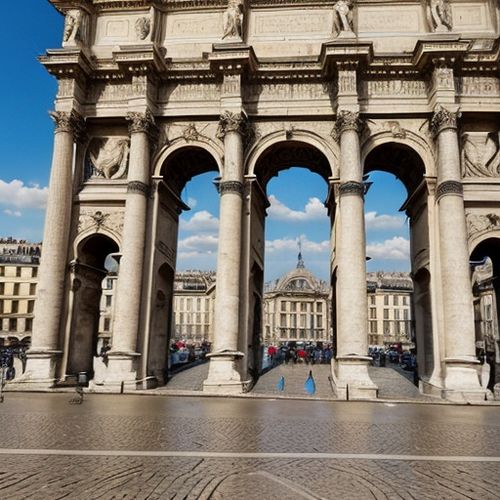
By Laura Wilson/Apr 14, 2025

By Joshua Howard/Apr 14, 2025

By John Smith/Apr 14, 2025
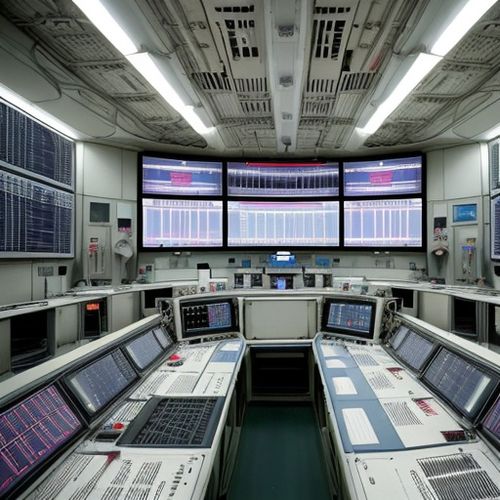
By George Bailey/Apr 14, 2025

By Thomas Roberts/Apr 14, 2025
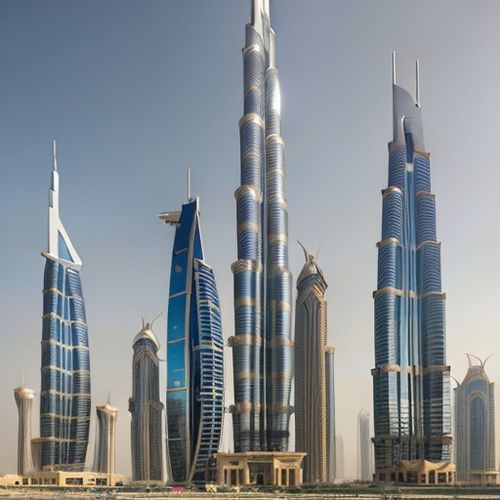
By Amanda Phillips/Apr 14, 2025
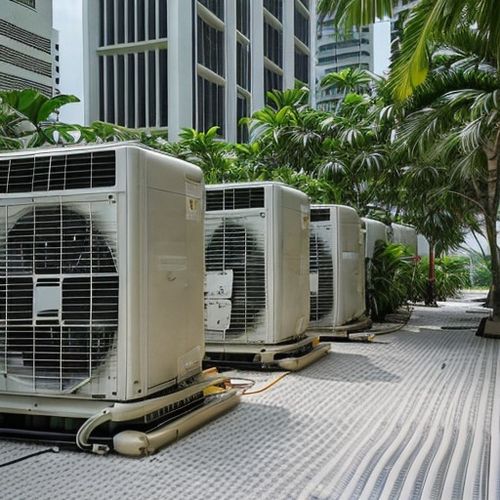
By Daniel Scott/Apr 14, 2025
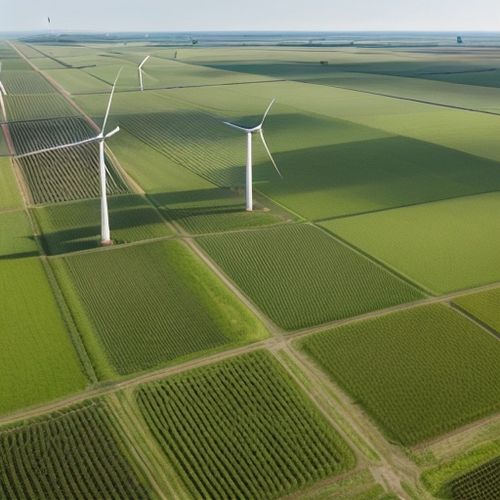
By John Smith/Apr 14, 2025

By Amanda Phillips/Apr 14, 2025
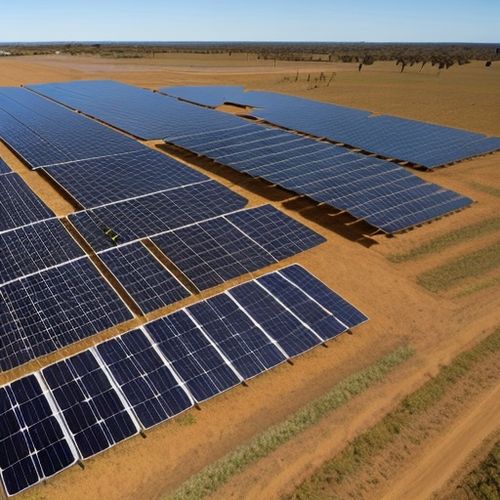
By Christopher Harris/Apr 14, 2025

By Eric Ward/Apr 14, 2025

By Eric Ward/Apr 14, 2025
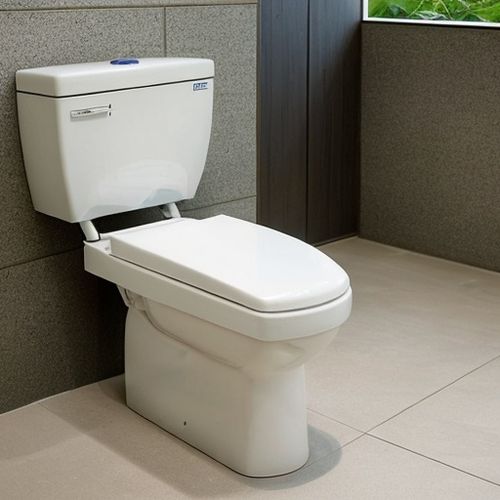
By David Anderson/Apr 14, 2025

By Thomas Roberts/Apr 14, 2025
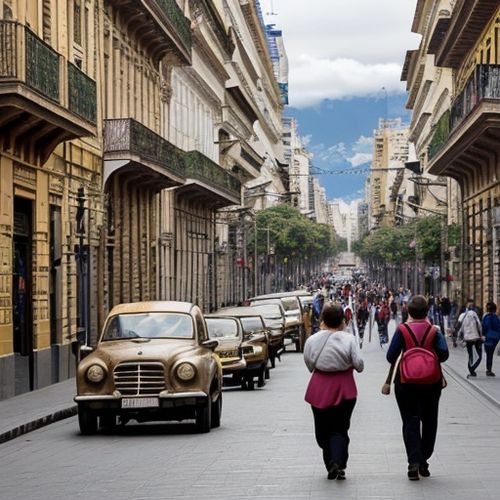
By Grace Cox/Apr 14, 2025
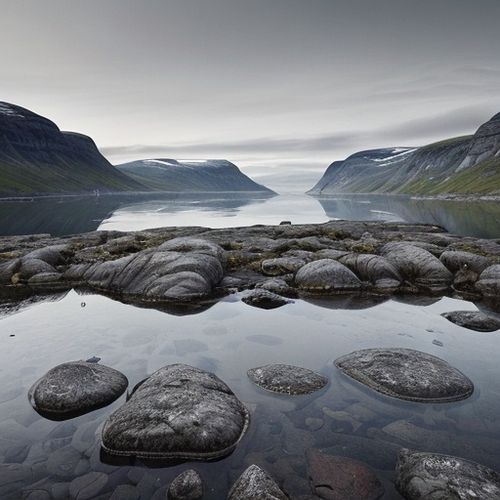
By George Bailey/Apr 14, 2025
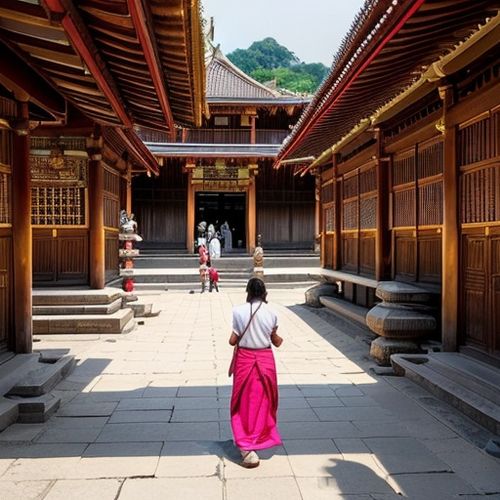
By Ryan Martin/Apr 14, 2025
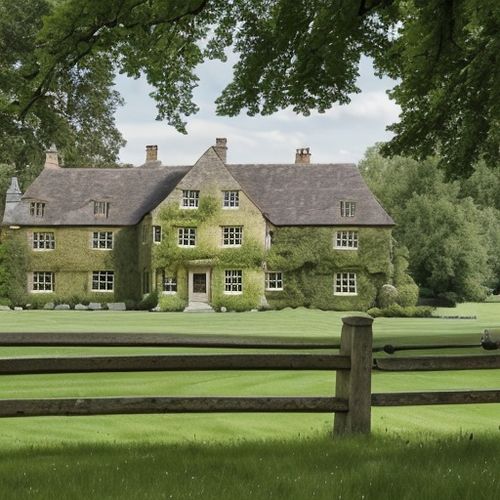
By Thomas Roberts/Apr 14, 2025
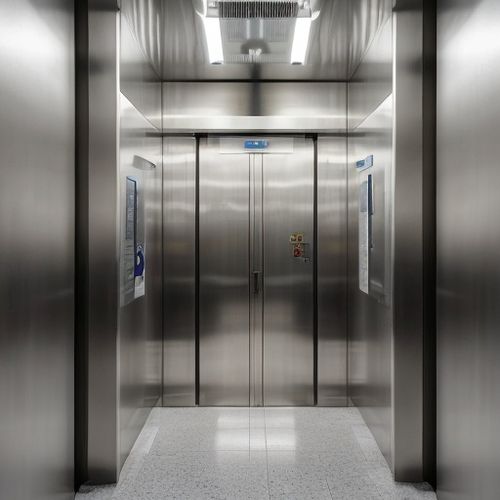
By Samuel Cooper/Apr 14, 2025

By Rebecca Stewart/Apr 14, 2025